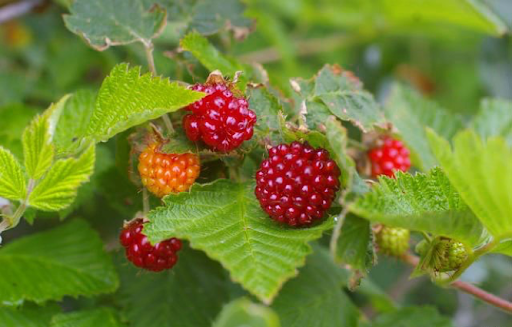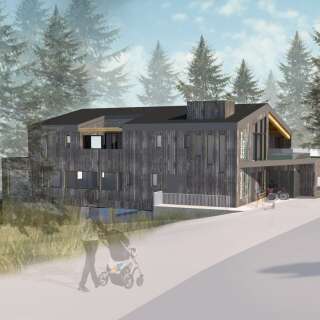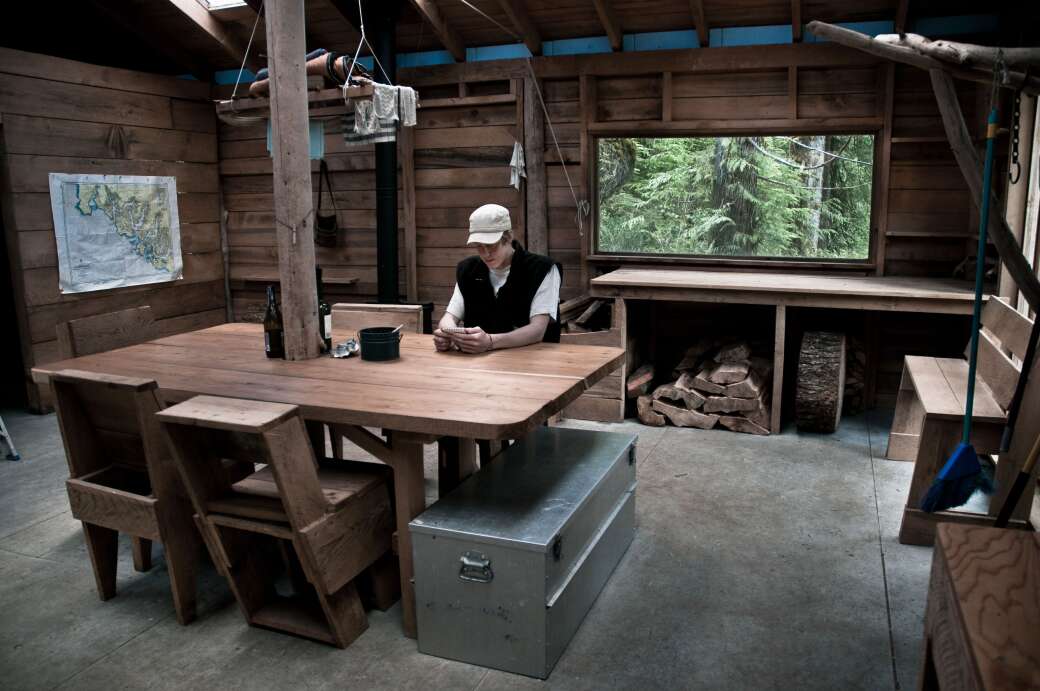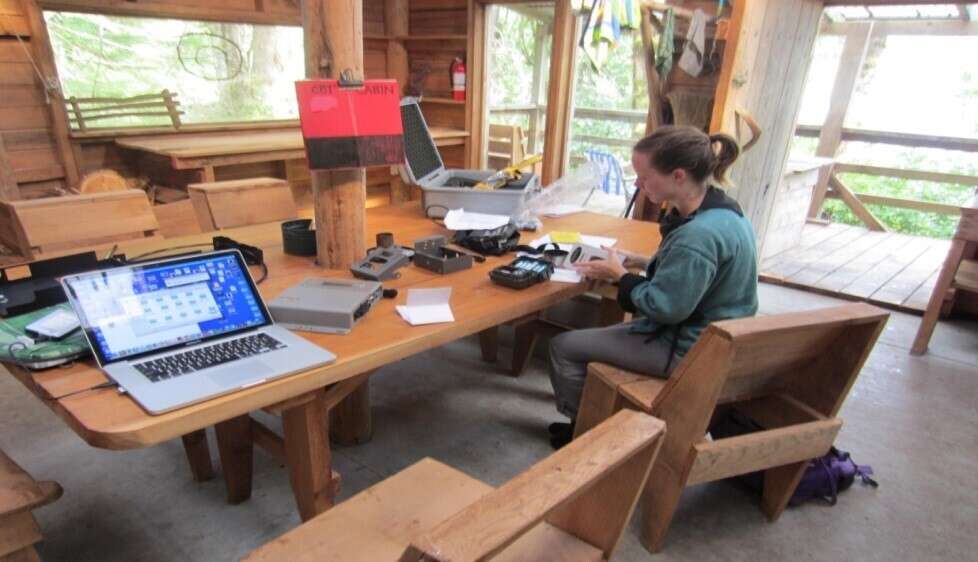
Q'awii / Salmonberry Monitoring
Since 2007, CBT has coordinated a citizen science effort to monitor where and when Q'awii/Salmonberry flower buds first open each spring. Q'awii is among the first plants to flower each year, but the timing varies greatly depending on winter temperatures. With Q'awii plants abundant in the region, monitoring is a fun and easy way to get excited about springtime. By tracking the date of the first blooms each year, we can see how plants and the rest of the ecosystem, respond to climate change.
We are always looking for more monitoring volunteers to keep a keen eye for blossoms between January and April. To get involved, check out the project description and directions, then email info@clayoquotbiosphere.org to sign up!





